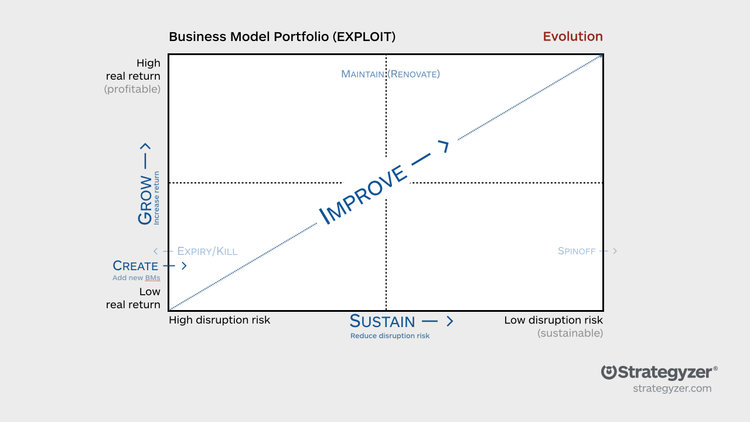Sabia que a Whole Foods estava a perder clientes, intuía que teriam de mudar algo e pensava que talvez precisassem de alguma paciência estratégica para descobrir esse novo algo. Por isso, só consegui assentar em duas coisas: tempo para fazer mudanças e aproveitar as lojas físicas para servirem de apoio às lojas online.
Agora, em "Amazon Is Changing How You Buy Groceries at Whole Foods (Starting With Cheaper Prices)" encontro algo que faz sentido, sobretudo depois de ter lido há dias o texto que deu origem ao postal "Quando a diferenciação sofre uma erosão":
"Whole Foods, meanwhile, gets to exhale. Before the deal, the chain was under intense pressure from shareholders to improve its financial results and figure out how to stop customers from going to lower-priced supermarkets to buy natural foods."Jeff Bezos é conhecido por ser adepto da paciência estratégica.
Recordar:
- Turn, turn, turn (Março de 2017)
- Turn, turn, turn (parte II) (Março de 2017)
"The deal gives Amazon more than 465 physical stores in the U.S., Canada and the U.K. Before the acquisition, Amazon had a small brick-and-mortar presence with less than a dozen bookstores, a prototype convenience store in Seattle and pickup locations in some cities near college campuses. The tie-up may also give the Seattle-based company valuable data on how people shop in stores, where the vast majority of retail sales still take place. Amazon is an expert in using data on past purchases and browsing to offer suggestions that might make people buy more, and could start applying that in stores as well as online."










